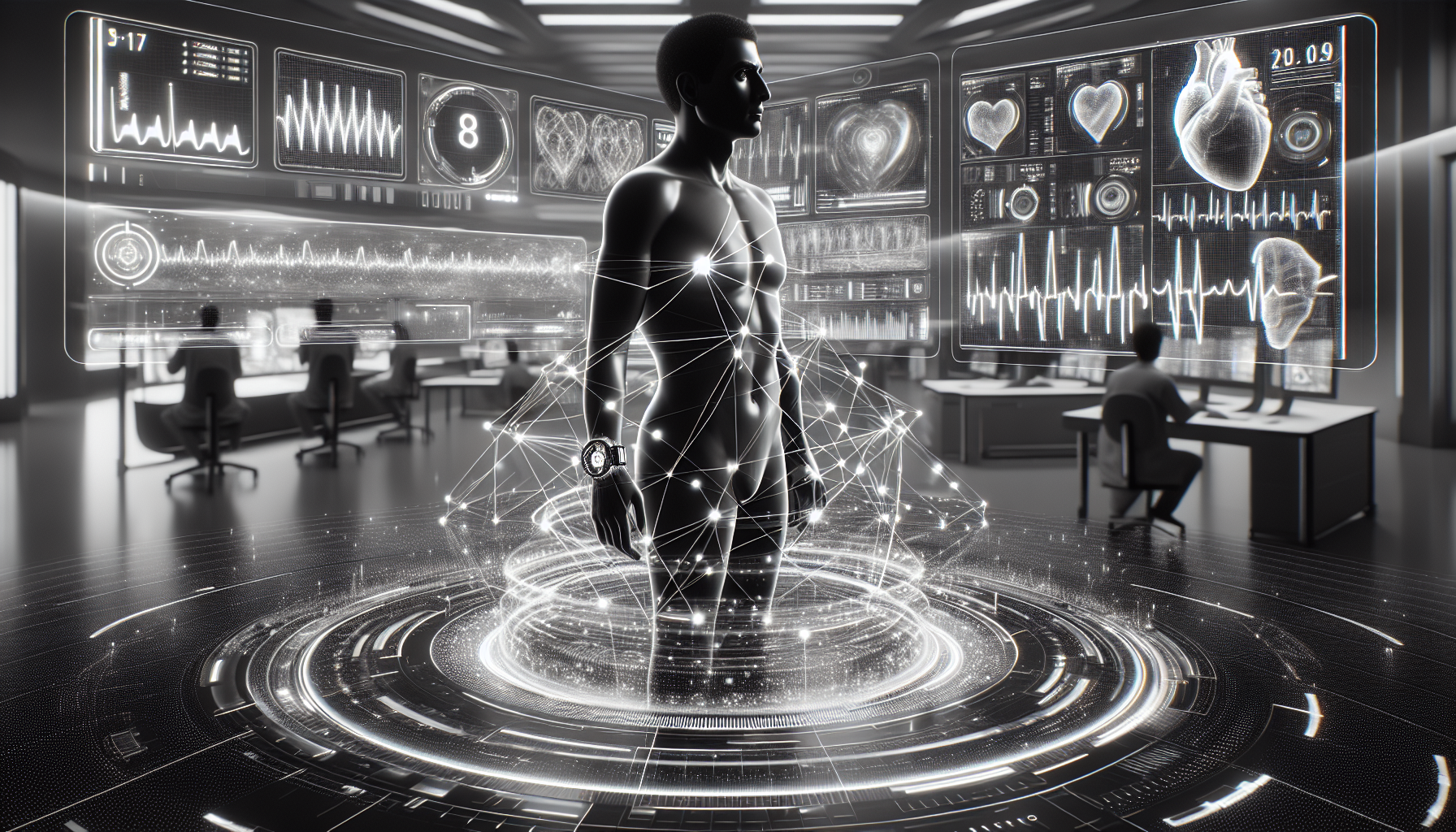The Future of Health Monitoring Is Sticking to Your Skin
Imagine a small, flexible patch on your skin that quietly tracks your heart rate, blood oxygen, and even glucose levels - all in real time. No needles, no wires, no interruptions. Just seamless, continuous insight into your health. That's not science fiction anymore. It's Stanford's latest breakthrough in wearable biosensors, and it could change how we manage health forever.
From Lab Bench to Skin Patch
On June 6, 2025, researchers at Stanford University announced a wearable biosensor that's unlike anything currently on the market. Published in Nature Biomedical Engineering, the study details a device that combines nanomaterials, flexible electronics, and a microfluidic system to monitor multiple vital signs with clinical-level precision.
What sets this biosensor apart is its ability to analyze both sweat and interstitial fluid - the liquid that surrounds your cells - to extract real-time data on metabolic and cardiovascular health. It's non-invasive, skin-adhered, and doesn't require constant recalibration like many current wearables. In trials, it measured glucose levels with 95% accuracy compared to standard blood tests and tracked heart rate within a 2% margin of error from hospital-grade monitors.
Why This Matters
For people living with chronic conditions like diabetes or heart disease, this could be a game changer. Dr. Emily Chen, the lead researcher, explains, "This technology allows patients to monitor their health seamlessly, reducing the need for invasive tests while providing doctors with actionable data."
The device connects to a smartphone app that uses machine learning to interpret the data. It can alert users to irregular heart rhythms, sudden glucose spikes, or other anomalies before symptoms even appear. That kind of early warning system could prevent hospital visits, reduce healthcare costs, and even save lives.
More Than Just a Fitness Tracker
Most wearables today are glorified step counters. They track one or two metrics and often lack the accuracy needed for medical use. This biosensor is different. It's designed to bridge the gap between consumer tech and clinical diagnostics. It's not just about knowing how many steps you took - it's about understanding what's happening inside your body in real time.
And it's not just for the chronically ill. Athletes, elderly individuals, and even healthy people looking to optimize their wellness could benefit. Imagine knowing when you're dehydrated, when your blood sugar is crashing, or when your heart is under stress - all without lifting a finger.
The Road Ahead
Of course, no innovation comes without challenges. Dr. Sarah Nguyen, a health tech analyst at MIT, points out that data privacy and regulatory approval are major hurdles. "Ensuring secure data transmission and compliance with FDA standards will be critical to scaling this technology," she says.
There's also the issue of cost. Advanced wearables often come with a high price tag, potentially putting them out of reach for lower-income users. But supporters argue that the long-term savings from early detection and reduced hospital visits could offset the initial investment. If the device can prevent just one emergency room visit, it may already pay for itself.
What's Next?
Stanford's team is already working with industry partners to bring the biosensor to market. Clinical trials are set to begin later this year, and if all goes well, the device could be commercially available by 2026. The global wearable medical device market is projected to hit $38 billion by 2028, and this innovation could be a major driver of that growth.
We're entering an era where your body can talk to you - and you'll actually understand what it's saying.
